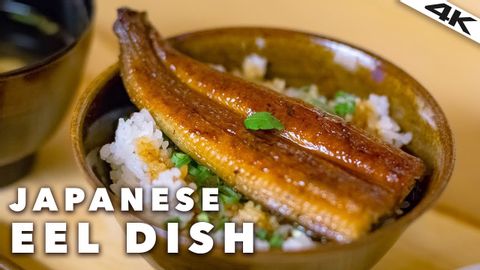日本的炎炎夏日,當然要來點鰻魚飯啊!到底為什麼日本人夏天必吃鰻魚呢?(Japanese UNAGI EEL Restaurant in TOKYO | Roppongi, Tokyo [4K])
Yumeko Mino 發佈於 2023 年 07 月 23 日  沒有此條件下的單字
沒有此條件下的單字US /səbˈskraɪb/
・
UK /səb'skraɪb/
US /ɪnˈkrɛdəbəl/
・
UK /ɪnˈkredəbl/
- adj.難以置信;偉大的;令人難以置信的;難以置信的
US /ˈbesɪkəli,-kli/
・
UK /ˈbeɪsɪkli/
